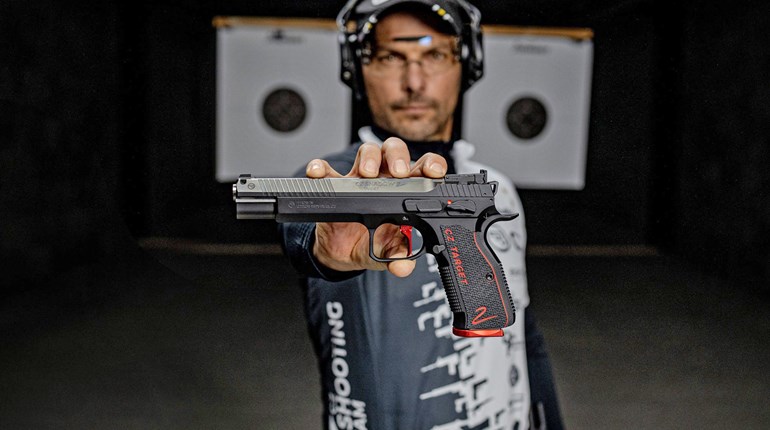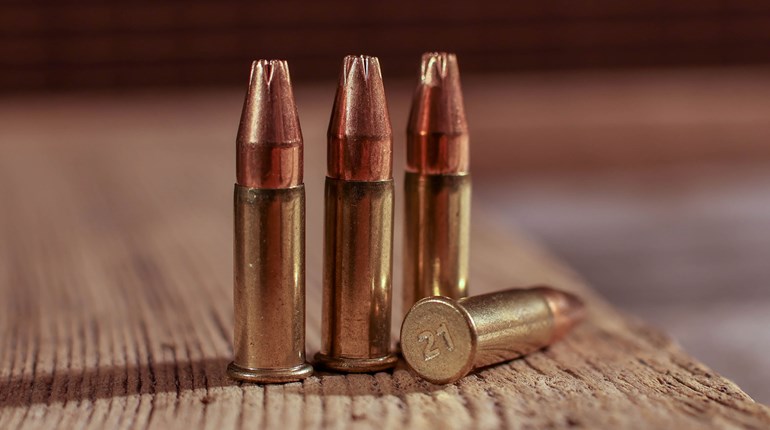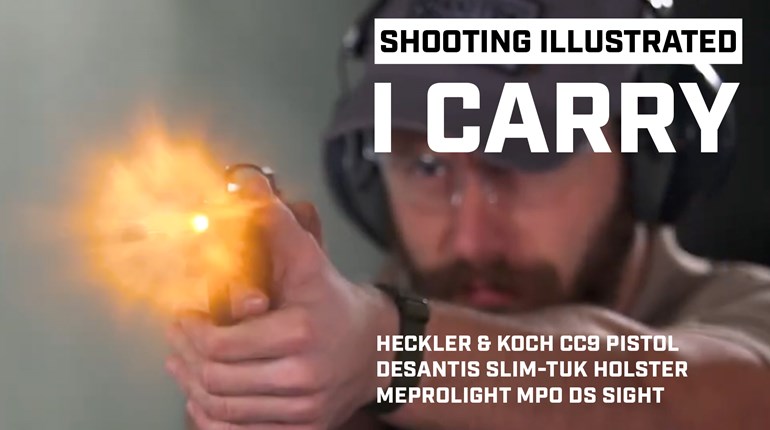
I don't know how many times I have heard myself and others talk about "teaching the Combat Mindset." That is simply a common phrase among those of us who take a keen interest in defensive training. After all, we teach people how to handle their guns efficiently. We teach people how to shoot to the point where they can hit the vital zone of a threat. And, so, we talk about teaching the combat mindset.
And then along comes defensive instructor Grant Cunningham, who says that you can't teach mindset. And, much as I hate to brag on him, he makes a good argument. He says that taking an hour or so to talk about the Color Code, awareness and acting decisively—this is also the time that a lot of instructors throw in their favorite war stories—simply does not work. He suggests the combat mindset is something a student either has, or doesn't have, depending upon their own experiences and their outlook on life.
When teaching a defensive class, we find that we have a group of students who have a broad spectrum of ideas about crime, criminals and their personal safety. Some have already had to shoot to live, some have never handled a defensive firearm before, some only want to be a cool operator and a few even think that ISIS can't be all that bad. The sum of their own experiences, good and bad, color their concept of the Combat Mindset.
So, I think that Grant has something here. We can't teach the Combat Mindset. What we can do is to provide some training aids that will help each student develop and enhance his own combat mindset. We can point them to material that will help them to better understand the minds of violent criminals. We can point them to actual violent incidents, such as American Rifleman's "Armed Citizen" column, that will give them an idea of what to expect. We can encourage them to expand their "gut feeling" and their "BS Detector" for things that don't look right. And, most of all, we can assure them that all of us—instructors and students alike—should never quit studying and learning.





































